Soccer can be played on just about any surface, from grass to a gym floor or even asphalt. In competitive environments, however, the two options are typically limited to grass or turf.
So which is easier to play on? Although there certainly is an element of personal preference involved, there is also evidence to suggest that one may have more advantages than the other. This article will get to the bottom of why all soccer players prefer grass over turf. Read on to find out more.
Why All Soccer Players Prefer Grass Over Turf
Preference
First and foremost, playing soccer on grass is the more natural way to play. From the youngest children up to professional players, their fundamental soccer skills have in most cases been mastered on fields or just patches of grass near their house.
Artificial turf wasn’t actually invented until the late 1960s and was first used in sports in 1966. Swapping natural grass for an artificial lawn has only gained popularity within the last decade. Therefore, it is safe to say that many soccer players, past and present, have probably spent more time playing on natural grass than on turf and thus naturally prefer it to the artificial alternative.
Injuries
While football may not be the same as soccer, the physical elements of the game are relatively similar. Studies show that playing soccer on the turf increases stress on the ACL (anterior cruciate ligament) joint by 45%. One study conducted research on over 2600 NFL games. The results showed that 67% of players were more likely to sprain an ankle on turf than on natural grass.
It’s Natural
A soccer game differs when played on grass instead of turf. Firstly, there is more traction on turf than on grass; this effectively speeds up the game because players do not have as much control over the ball as they would playing on grass.
Why Is Turf Used?
While turf may not be the best area to play on, it does have some advantages.
Cheap
Turf is undeniably cheap to maintain. The material used is durable, and unlike natural grass, there is no need to worry about damage from the weather or general upkeep. It is questionable whether or not it is cheaper to maintain than a natural grass field.
According to the STMA (Sports Turf Managers Association), the cost to maintain an area of artificial turf in 2009 was $23,000. The price was a lot more than the $14,000 used to maintain an area of natural grass.
Less Cancellations
Turf allows for more games being played because the weather does not affect its condition. If it is raining heavily when playing on natural grass, the game is often postponed. The only time a game played on turf would be canceled is if it is thundering and lightning.
David Beckham once refused to take part in a soccer match, stating:
“As a professional athlete, you can’t play a game like soccer on that sort of field. What it does to your body, you’re in bits for three days after that.”
Disadvantages of Playing Soccer On Turf
Hard Surface
Naturally, a turf field is harder than a field of natural grass; this can often lead to the ball bouncing high when it hits the ground; this means players encounter more difficulties receiving and controlling the ball. Grass fields can also harden if the temperature is high enough; however, watering the field surface can help manage this.
The hard surface of a turf area is more abrasive to the skin, leading to injury. It is common for players to slide along the grass when tackling, this is more painful on turf, and players can suffer from even the most minor falls.
Heat
Turf surfaces can reach temperatures of up to 117 degrees Fahrenheit. This is incredibly hot against feet and dangerous for players to play on. This can lead to dehydration and loss of focus. Artificial turf is designed using hundreds and thousands of black rubber beads, which are evenly spread throughout the structure. In high temperatures, the turf base can heat up just like asphalt.
Disadvantages of Playing Soccer On Grass
While we would love to say that playing on grass has no disadvantages, we would be lying. Here are the main downfalls of playing soccer on the grass.
Weather Conditions
Playing time can be cut short if there is a change in the weather – or if the weather does not change at all! This cannot be said for a turf field.
Maintenance
The most obvious disadvantage is the general upkeep. Throughout the year, a natural grass field must be maintained to be at its best – even throughout the winter; this includes cutting and fertilizing the grass and irrigating the soil.
On the other hand, turf requires little to no maintenance; this is why many soccer activity centers and clubs opt for a turf playing area to cut down on costs.
Grass Vs. Turf: The Verdict
When it comes to playing soccer, playing on grass is preferred over turf. However, the choice is ultimately yours. And who are we to judge?
While maintenance costs and playing time are the main advantages for turf, we cannot excuse the injury rates that have been exposed throughout this article. For one, playing in high temperatures can be dangerous when playing on turf. We don’t fancy skinning ourselves to tackle an opponent either!
In all fairness, injuries can happen either way. But comments made by soccer legend David Beckham can surely sway anyone with a beating heart to look away from turf?
Whatever option you choose, always remember to stay hydrated and stop playing if you feel injured at any point. Good luck and score some serious goals!

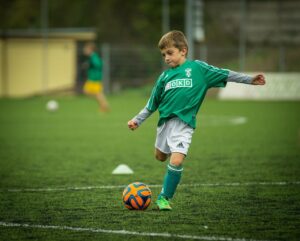
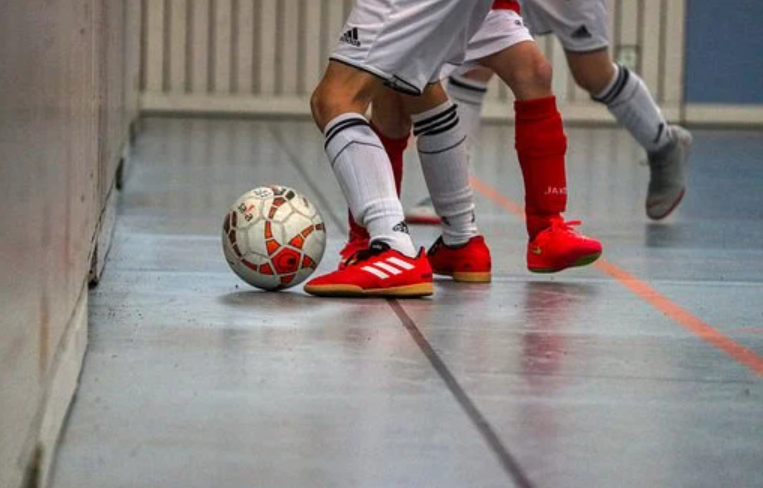
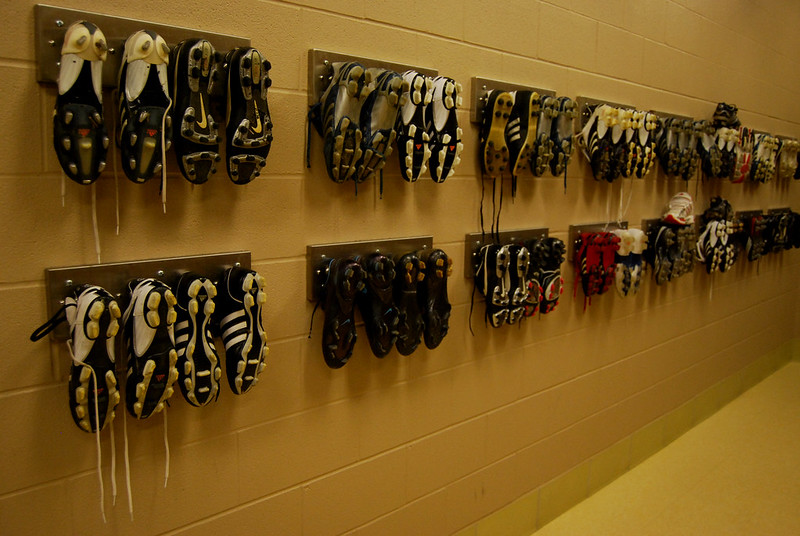
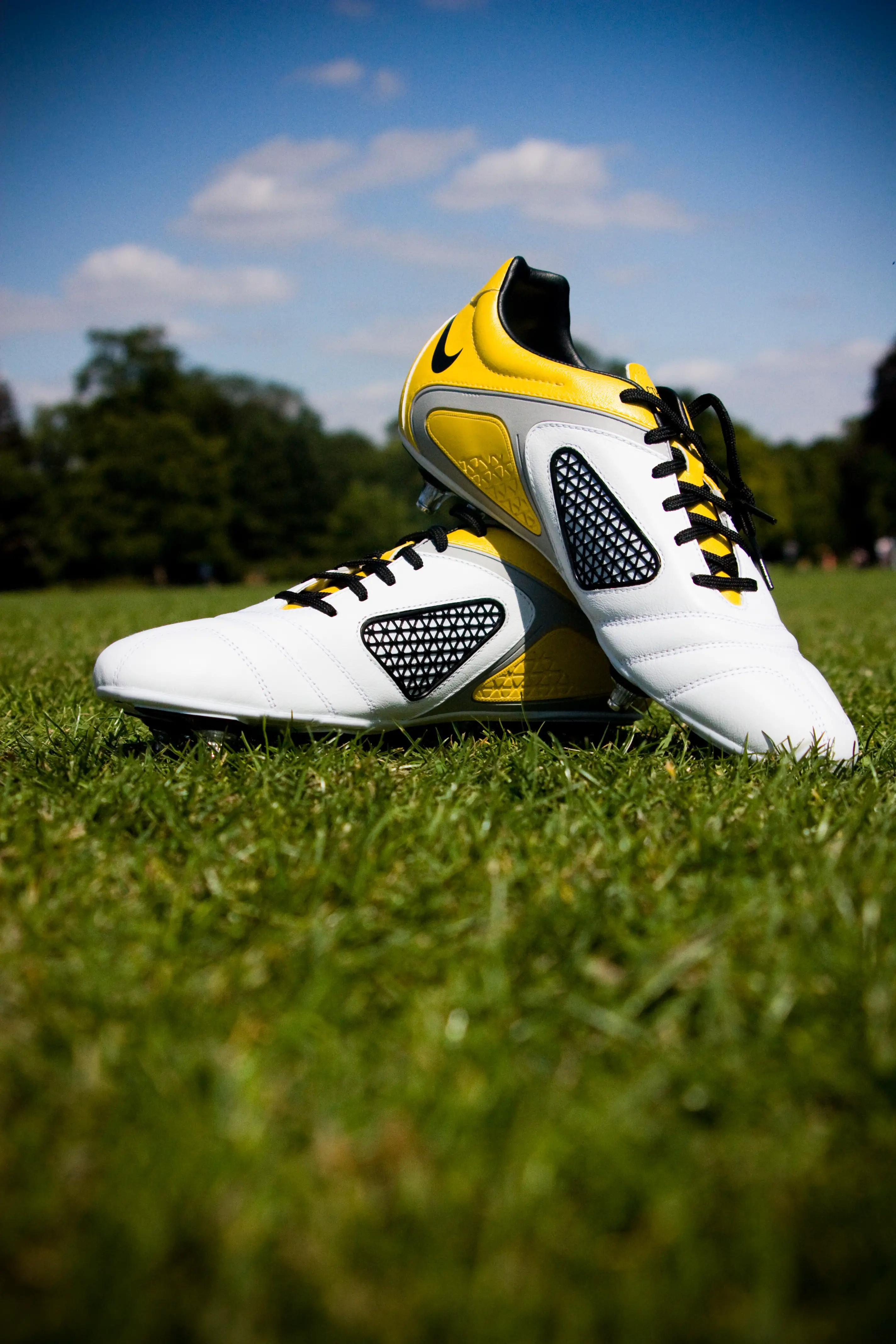
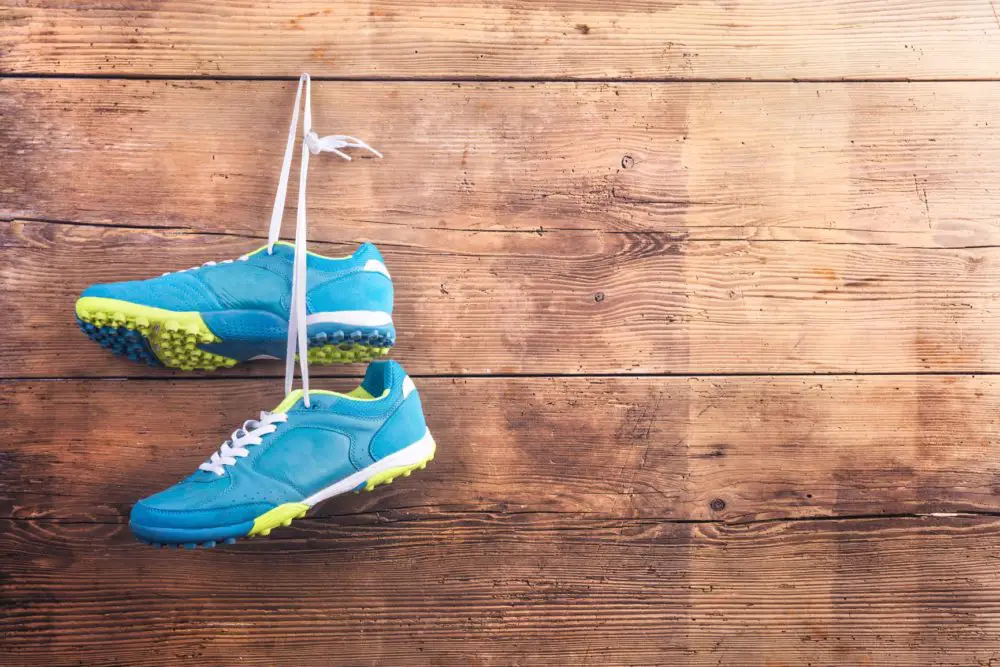



Leave a Reply